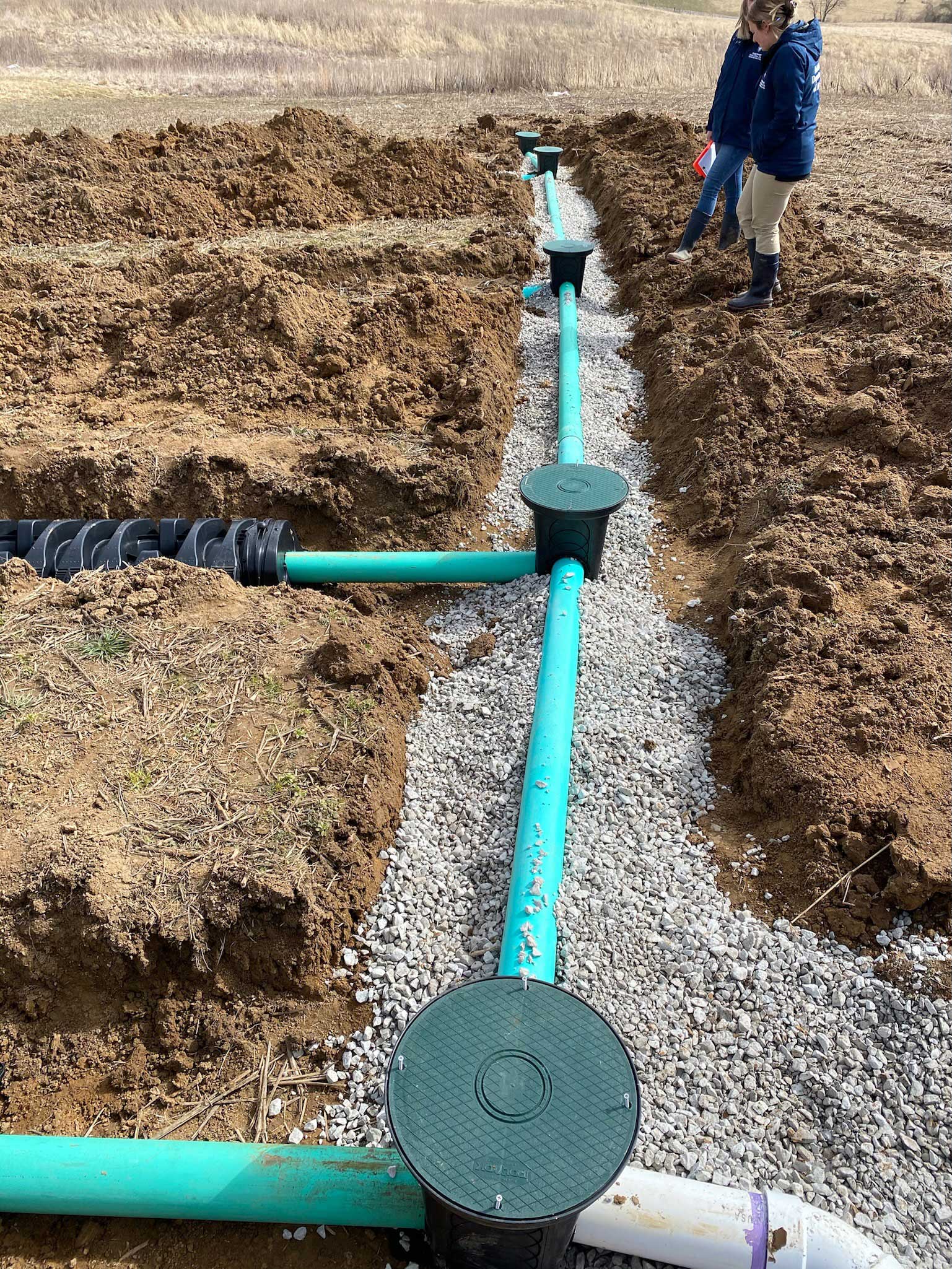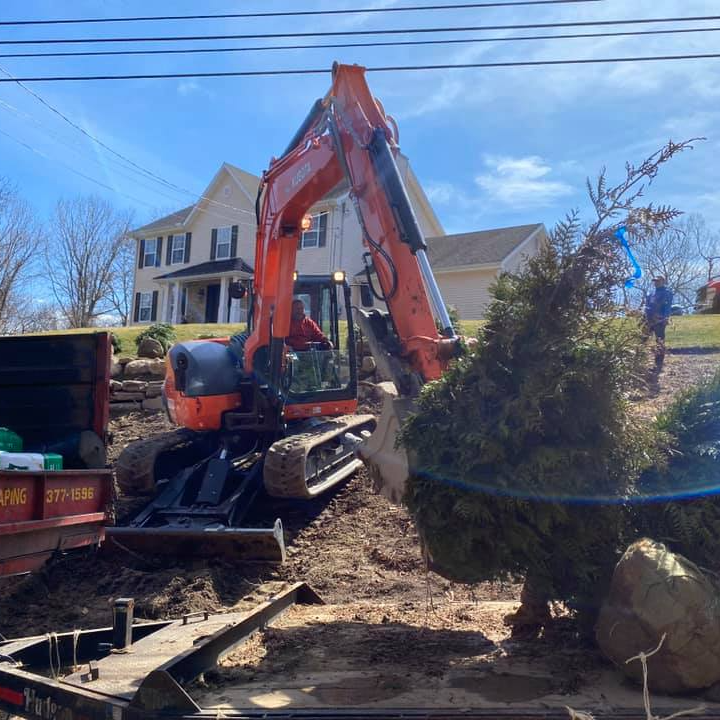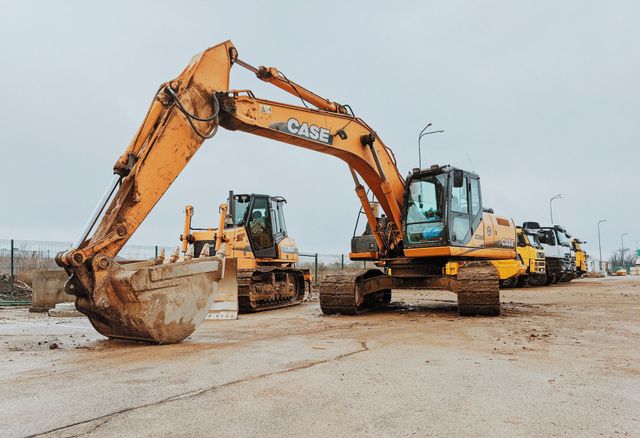Comprehensive Expedition: The Scientific Research Behind Superior Excavation Practices
From ancient hand devices to contemporary hydraulic excavators, the evolution of excavation methods has actually been a testament to human ingenuity and technical developments. What truly sets premium excavation techniques apart is a deep understanding of geological concepts, combined with the application of sophisticated devices and approaches.
Evolution of Excavation Techniques
Throughout background, the evolution of excavation strategies has actually played a critical role in progressing building practices and archaeological explorations. From the fundamental devices made use of by our ancestors to the advanced machinery utilized in modern-day times, the progression of excavation approaches has significantly changed just how we approach different projects.
In old times, hand-operated labor with basic devices such as shovels, wheelbarrows, and pickaxes was the key technique of excavation. This labor-intensive process restricted the depth and scope of excavations, usually leading to slow-moving development and limited accessibility to particular websites. Nonetheless, as human beings progressed, so did the strategies and devices utilized for excavation.
The Industrial Revolution marked a transforming point in excavation practices with the intro of steam-powered equipment. In modern times, modern technology plays a pivotal function in excavation, with improvements like General practitioner systems, drones, and 3D scanning boosting accuracy and effectiveness in the field.
Duty of Modern Technology in Excavation

The assimilation of sophisticated technology has fundamentally revolutionized the field of excavation, boosting accuracy and efficiency to unmatched degrees - lancaster excavation. One of the crucial technological improvements that has substantially impacted excavation techniques is the usage of General practitioner systems.
Additionally, the development of 3D modeling and simulation software application has structured the planning process for excavation projects. Operators and designers can now imagine the entire excavation process before breaking ground, optimizing and recognizing potential difficulties workflow. Along with this, the execution of drones in excavation activities has assisted in aerial studies, volumetric measurements, and website assessments with unequaled speed and precision.
Geological Concepts in Excavation
An understanding of geological concepts is important for making certain the architectural honesty and stability of excavation sites. Geological elements play a crucial function in figuring out the usefulness and security of excavation projects (lancaster trenching). One crucial geological principle to think about is the sort of dirt or rock present at the website. Different soil types, such as sand, crushed rock, or clay, have varying degrees of stability and require different excavation strategies. As an example, cohesive dirts like clay might need added support to avoid collapses, while sandy dirts may be prone to erosion throughout excavation.
Furthermore, the geological framework of the location, consisting of mistakes, fractures, and rock developments, have to be carefully evaluated to recognize prospective dangers and obstacles. Digging deep into near geological fault or unpredictable rock developments can lead to instability and prospective threats. By performing comprehensive geological surveys and evaluation, engineers and excavators can create strategies to reduce threats and ensure the successful conclusion of excavation jobs. Inevitably, integrating geological principles into excavation practices is critical for accomplishing risk-free, effective, and lasting results.

Latest Devices for Excavation
In the world of excavation techniques, modern technologies in devices have revolutionized the efficiency and precision of excavation procedures. One of the most recent devices making waves in the market is using drones geared up with sophisticated imaging modern technology. These drones can give detailed airborne surveys of excavation websites, supplying real-time data on topography and potential risks. This details aids in much better planning and decision-making during the excavation process. click here for info
One more cutting-edge device gaining popularity is the implementation of 3D printing technology for creating customized excavation devices. This enables the manufacturing of specialized devices that are tailored to the details needs of a project, raising performance and reducing downtime.
Moreover, improvements in products scientific research have actually resulted in the development of more powerful and a lot more durable excavation devices. lancaster trenching. Tungsten carbide-tipped excavator add-ons, for instance, deal superior performance in difficult ground problems, improving productivity on-site
Science's Influence on Excavation Practices

In addition, clinical research study on dirt technicians and geotechnical engineering has supplied important insights right into soil behavior, enabling excavation specialists to make informed choices relating to excavation techniques and dirt stablizing strategies. On the whole, scientific research proceeds to drive development and improvement in excavation methods, making excavation tasks more efficient, affordable, and sustainable.

Conclusion
In verdict, the evolution of excavation techniques has been considerably influenced by improvements in innovation and a deeper understanding of geological principles. The most recent tools and equipment utilized in excavation have improved performance and precision in the field. The application of scientific understanding has significantly boosted excavation methods, leading to a lot more effective and sustainable methods for digging deep into various kinds of materials.
In the world of excavation practices, contemporary advancements in tools have actually Learn More revolutionized the efficiency and precision of excavation procedures. By leveraging scientific concepts, the excavation market has been able to considerably improve effectiveness, accuracy, and safety in excavation processes. GPR allows excavation groups to non-invasively scan and map subsurface structures, energies, and potential risks, allowing them to intend excavation tasks with better accuracy and reduced risk of mishaps.
Furthermore, scientific research study on dirt auto mechanics and geotechnical design has provided valuable insights right into soil actions, enabling excavation visit site professionals to make educated choices regarding excavation approaches and dirt stablizing techniques. Generally, science proceeds to drive advancement and renovation in excavation practices, making excavation tasks a lot more effective, affordable, and sustainable.